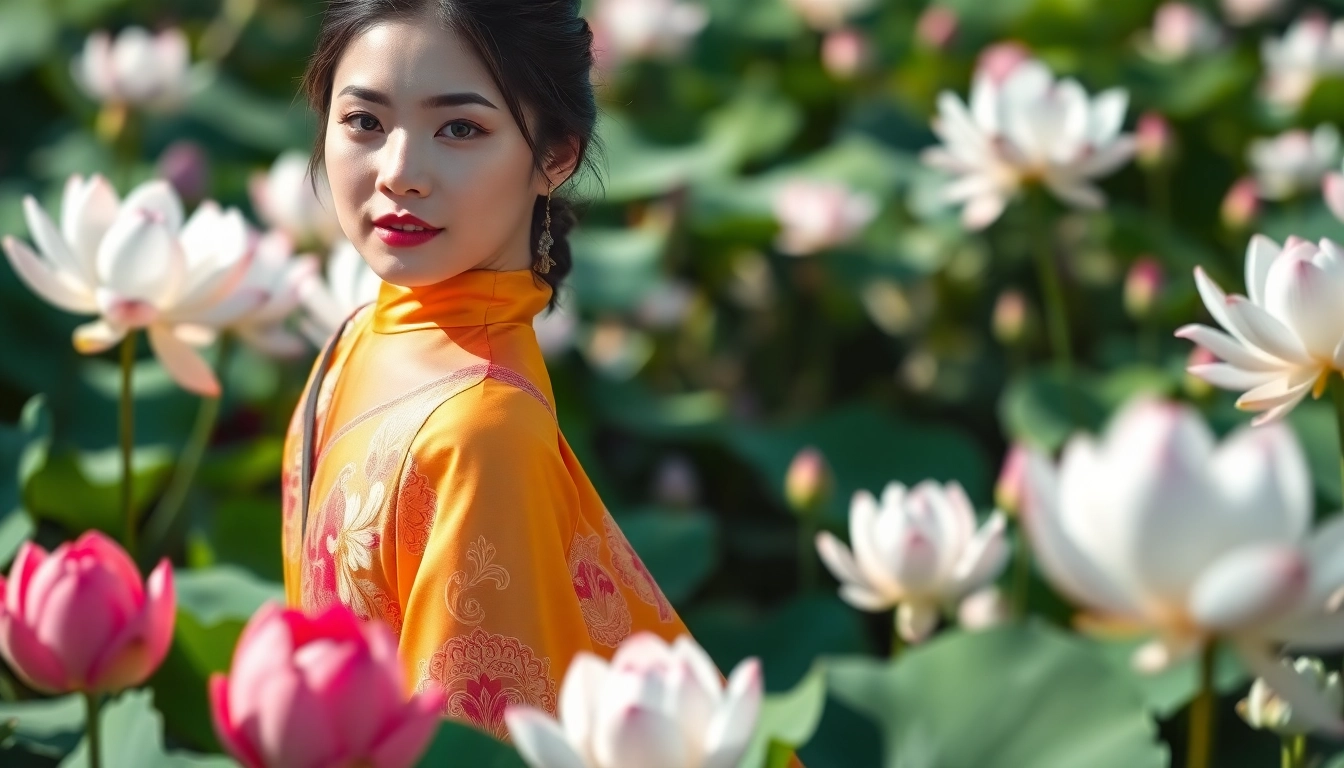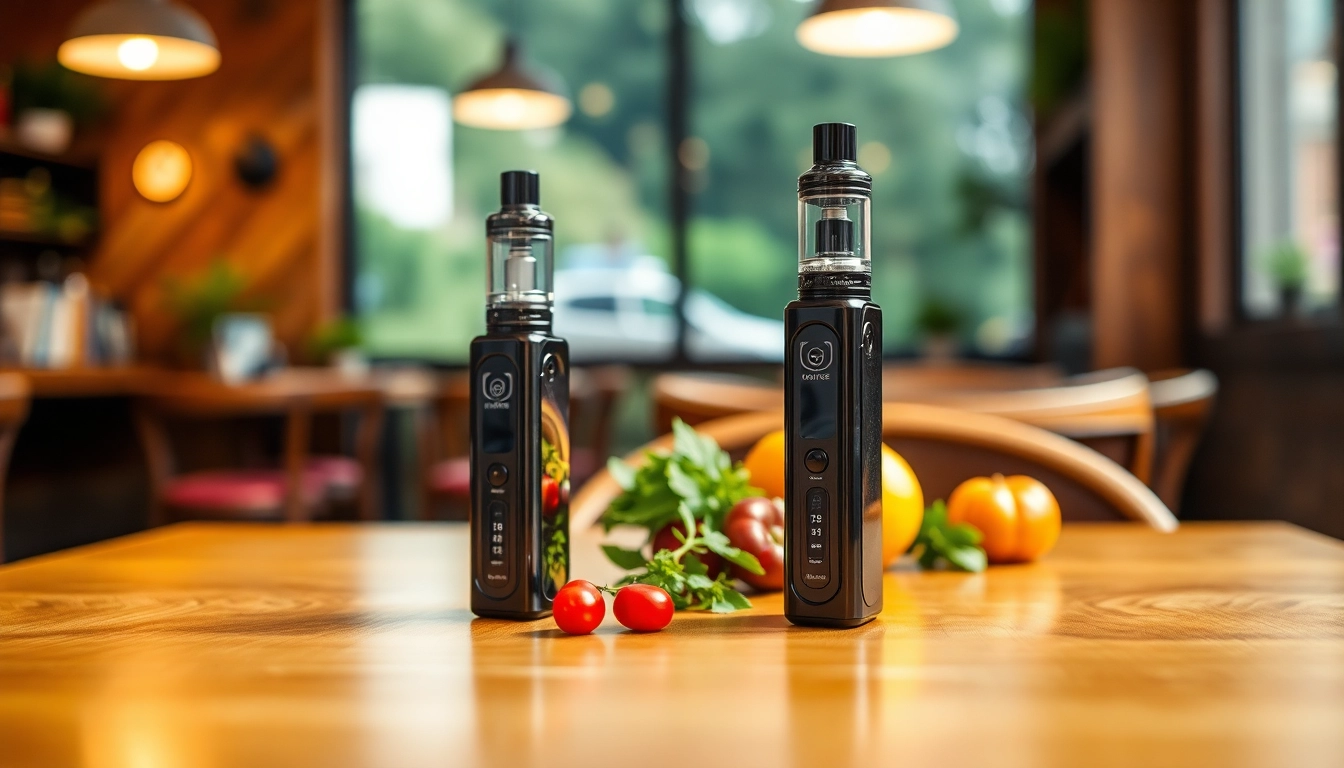Understanding the Vietnamese Áo Dài
The Vietnamese Áo Dài is an exquisite garment that encapsulates the grace and elegance of Vietnamese culture. This traditional dress, characterized by its close-fitting bodice and flowing skirt, is not only a fashion statement but a representation of Vietnamese heritage and identity. As you explore the nuances of the Áo Dài, you’ll discover its historical roots, cultural significance, and modern adaptations that make it a timeless piece of clothing. If you wish to delve deeper into the world of Vietnamese Áo Dài, this article will serve as your comprehensive guide to understanding and appreciating this iconic attire.
Historical Origins of the Áo Dài
The origin of the Áo Dài dates back to the 18th century. Initially, it started as a simple outfit worn by both men and women in the royal court, known as the “Áo Giao Lãnh.” It featured a high neckline and a loose silhouette that allowed for comfort and ease of movement. Over time, this garment evolved into the streamlined form recognized today as the Áo Dài. The distinct design, emphasizing femininity without losing its essence of modesty, became popular in the early 20th century, particularly after the French colonial influence brought about changes in fashion norms.
Modern Interpretations and Variations
In contemporary fashion, the Áo Dài has seen various interpretations that blend traditional elements with modern aesthetics. Designers experiment with materials, patterns, and colors, resulting in diverse styles. For instance, while silk remains a staple fabric for the Áo Dài, new blends and textures such as lace and brocade have emerged. These variations cater to different tastes and occasions, from luxurious bridal designs adorned with intricate embroidery to simpler versions suitable for daily wear or corporate settings.
Cultural Significance and Symbols
The Áo Dài holds profound cultural significance in Vietnam. It symbolizes grace, femininity, and national pride. Traditionally worn during festivals, weddings, and special occasions, the Áo Dài serves not only as clothing but also as a canvas reflecting a woman’s identity and social status. Colors and designs carry their meanings; for instance, red is often favored in weddings for its association with good luck and prosperity, while pastel shades are popular for religious celebrations and cultural ceremonies.
Components of the Perfect Áo Dài
Choosing the Right Fabric
Selecting the right fabric is essential in creating the perfect Áo Dài. The fabric not only impacts the overall look but also its comfort and suitability for different occasions. Silk is the most traditional and sought-after choice due to its luxurious feel and drape. Cotton and linen are preferred for casual or summer wear as they are breathable and lightweight. It’s also important to consider the fabric’s pattern and texture; embroidered or patterned silks can add depth and character to a design, enhancing its visual appeal.
Design Elements and Patterns
The design elements of an Áo Dài are crucial in defining its uniqueness. Typically, the garment features a high collar, fitted waist, and leg-split skirt, allowing freedom of movement. Various patterns, such as floral motifs, geometric shapes, or traditional symbols, can significantly transform the garment. Choosing a pattern that resonates with the wearer’s personality can elevate the Áo Dài from a traditional garment to a personal statement. Customizations, such as adding embroidered family crests or symbols of good fortune, can bring a personalized touch to this beautiful attire.
Appropriate Footwear and Accessories
The right accessories and footwear can enhance the overall look of the Áo Dài. Ideally, traditional footwear like “guốc,” wooden sandals, or “banh,” soft fabric shoes, complements the elegance of the Áo Dài. Additionally, accessories such as pearl earrings, silk scarves, or ornate hairpieces can elevate the outfit, especially for formal events. It’s vital to strike a balance; accessories should accentuate the Áo Dài without overpowering its elegance. Coordinating colors and textures adds to the coherent overall look, making it truly stand out.
Styling Your Vietnamese Áo Dài for Different Occasions
Weddings and Formal Events
The Áo Dài is an integral part of Vietnamese wedding traditions. For brides, the Áo Dài symbolizes purity and beauty. Typically, brides wear a red or gold Áo Dài, adorned with exquisite embroidery and detailed designs that reflect their family heritage. Grooms often wear a matching ensemble that complements the bride’s outfit. For formal events, a chic and sophisticated Áo Dài, often paired with contemporary accessories, can create a stunning impression, showcasing a blend of tradition and modernity.
Festivals and Cultural Celebrations
During festivals like Tết (Lunar New Year) and the Mid-Autumn Festival, the Áo Dài is worn by many as part of the celebration of Vietnamese culture. Brightly colored Áo Dài crafted with festive patterns help to embody the spirit of joy and prosperity that accompanies these occasions. Colorful flowers, symbols of luck, and playfully designed fabrics are often chosen to resonate with the joyous atmosphere, allowing individuals to connect with their roots while participating in the cultural festivities.
Everyday Wear and Casual Styles
Contemporary fashion trends have also embraced the Áo Dài for casual wear, making it versatile enough for everyday situations. Lightweight fabrics, simpler cuts, and creative prints allow for comfortable and stylish outfits suitable for both work settings and leisurely outings. Pairing an Áo Dài with modern pieces, like tailored trousers or fashionable handbags, can create a fresh and sophisticated look while retaining the cultural essence of the garment.
Caring for and Maintaining Your Áo Dài
Washing and Storing Tips
Proper care of your Áo Dài ensures it remains in pristine condition for years to come. Always check the care label to adhere to specific fabric instructions. For silk Áo Dài, hand washing in cold water with a gentle detergent is recommended, while cotton can often be machine washed on a delicate cycle. Always air dry; avoid direct sunlight, which can fade colors and patterns. When storing, keep the garment in a breathable fabric garment bag, away from moisture and sunlight, to prevent damage.
Repairing Common Damages
Over time, your Áo Dài may experience some wear and tear. Common issues include loose seams, fabric snags, or stains. For minor repairs, hand-sewing techniques can help restore the garment, such as re-stitching seams or reinforcing weak areas. For stains, spot cleaning with a suitable fabric treatment can work wonders. However, for significant damages or intricate repairs, consulting with a tailor or professional cleaner who specializes in traditional garments may be beneficial to ensure the integrity of the piece is maintained.
Where to Find Quality Áo Dài
When searching for the perfect Áo Dài, quality is key. Many reputable tailors and boutiques specialize in custom-made Áo Dài, ensuring that you receive a piece tailored to fit you perfectly. Online shops have also proliferated, offering various designs and fabric options. It’s advisable to read reviews, seek recommendations from friends or family familiar with reputable vendors, and, if possible, try on different styles to ensure the right fit and feel before making a purchase.
The Future of the Vietnamese Áo Dài
Current Fashion Trends
The future of the Áo Dài is bright, as fashion designers worldwide continue to reinterpret this classic garment in innovative ways. Recent trends have seen the mixture of traditional elements with avant-garde designs. Whether through bold colors, graphic prints, or unexpected cuts, the Áo Dài is being showcased on international runways, increasing its appeal to a global audience. This evolving aesthetic not only honors its roots but also presents the Áo Dài as a dynamic symbol of Vietnamese cultural identity in the modern fashion landscape.
Global Influence and Adaptation
As fashion becomes more globalized, the Áo Dài finds itself influencing and being influenced by various cultures. This cross-cultural exchange is leading to hybrid styles that incorporate elements from other traditional garments while still respecting the original design’s core aesthetics. The rise of multicultural fashion shows and exhibitions also serves to highlight the Áo Dài, encouraging its adaptation into modern wardrobes worldwide and promoting an appreciation for Vietnamese artistry in the fashion community.
Preserving Tradition in a Modern World
While modern influences are reshaping the Áo Dài, many artisans and designers are committed to preserving its traditional craftsmanship. This involves using time-honored techniques, such as intricate hand embroidery and high-quality fabrics, ensuring that the heritage is passed down to future generations. Educational programs and workshops are also emerging, aimed at teaching younger generations about the cultural significance and artistry behind the Áo Dài. Maintaining this balance between tradition and contemporary style is essential for keeping the legacy of the Vietnamese Áo Dài alive.


